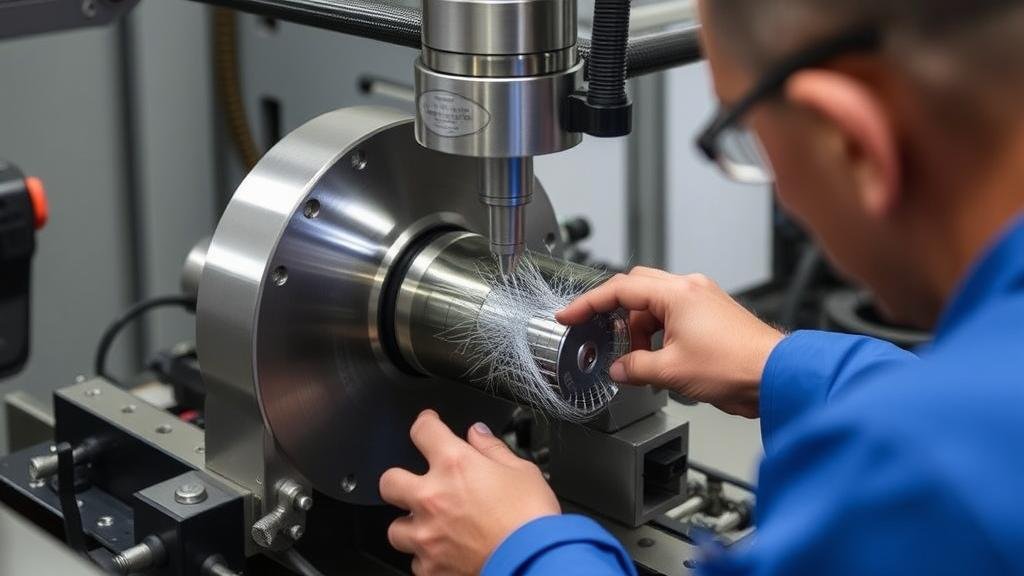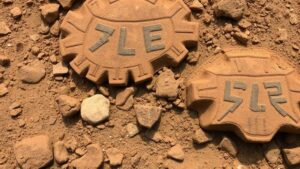How to Use Advanced Notch Settings to Filter Specific Metals
Understanding Notch Settings in Metal Detection
Metal detecting is an essential tool for treasure hunters, archaeologists, and various industries, such as construction and excavation. One of the crucial elements in metal detectors is the notch settings, which allow users to filter out unwanted metals and targets. This article will provide an in-depth analysis of how to use advanced notch settings effectively to filter specific metals, enhancing the efficiency and accuracy of metal detecting.
What Are Notch Settings?
Notch settings refer to a feature within metal detectors that enables users to accept or reject specific metal types based on their conductivity or ferrous/non-ferrous properties. By defining notches, users can tailor the detectors response to focus on particular metal ranges, improving the likelihood of finding valuable items while minimizing the interference caused by unwanted signals.
How Notch Settings Operate
The functionality of notch settings revolves around identifying the electrical conductivity of different metals. Each metal has a unique conductivity level that determines how it interacts with electromagnetic fields. By utilizing notch settings, users can set acceptable conductivity levels, effectively filtering out signals that do not meet specified criteria.
Advanced Notch Settings Techniques
1. Identifying Target Metals
The first step in using advanced notch settings is to identify the types of metals you want to detect. Commonly sought-after metals include:
- Gold
- Silver
- Iron
- Copper
Understanding the conductivity range of these metals will assist in configuring your detector. For example, gold typically has a conductivity of around 19-25 while iron falls in a range of 3-7, demonstrating a significant difference.
2. Configuring Notch Settings
After identifying the target metals, the next step is to configure the notch settings on the metal detector:
- Access your metal detectors menu and navigate to the discrimination or notch settings.
- Input the accepted conductivity range for the metals you wish to detect. For example, if you want to filter out iron (3) and focus on gold (19-25), set the notch to exclude the conductivity levels below 19.
- Perform test dig scenarios to refine the settings by detecting items with known conductivities.
3. Testing and Adjusting Settings
Advanced use of notch settings involves constant testing and adjustment, as environmental factors can affect metal detection. Variables such as soil composition, moisture levels, and nearby electronics may interact unpredictably with your set notches. Conducting on-site tests in varied conditions can help in fine-tuning the settings for optimal results.
Case Study: Utilizing Notch Settings for Treasure Hunting
A practical example of using advanced notch settings can be derived from a treasure hunt conducted at a historical battlefield. The metal detecting team aimed to find artifacts such as coins and weapons. configured their detectors with notch settings to reject iron and accept silver and copper. This configuration proved effective as they discovered a collection of silver coins and bronze artifacts while minimizing time spent digging up modern iron relics.
Challenges and Considerations
While advanced notch settings can significantly enhance metal detection efficiency, users must be cautious of certain challenges:
- Over-filtering: One of the risks of using notch settings is over-filtering, which can lead to missed valuable finds. Users should strike a balance between filtering unwanted metals and retaining potential targets.
- Detector Limitations: Different metal detectors have varying capabilities when it comes to discrimination depth and accuracy. Users should undertake thorough research on their equipments specifications before applying notches.
Conclusion and Actionable Takeaways
Advanced notch settings serve as a powerful tool for filtering specific metals in metal detecting. By identifying target metals, configuring appropriate settings, and conducting rigorous testing, users can dramatically enhance their detecting outcomes. Here are some actionable takeaways:
- Prioritize understanding the conductivity levels of desired metals.
- Use notches judiciously to avoid missing valuable targets.
- Conduct regular tests in varied environments to refine detection settings.
By mastering advanced notch settings, metal detectors can operate more efficiently, enabling enthusiasts and professionals alike to uncover hidden treasures and make significant finds.



